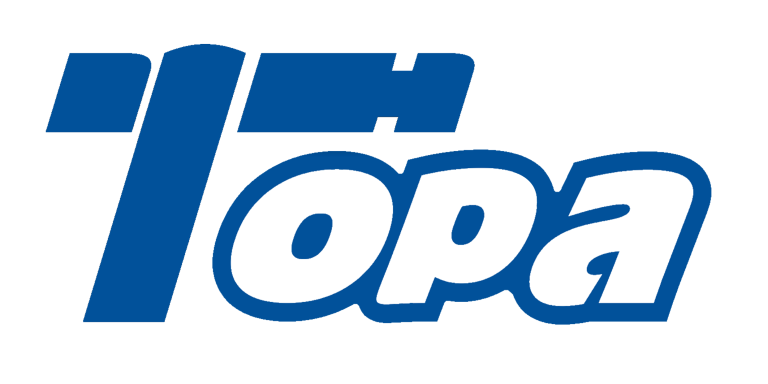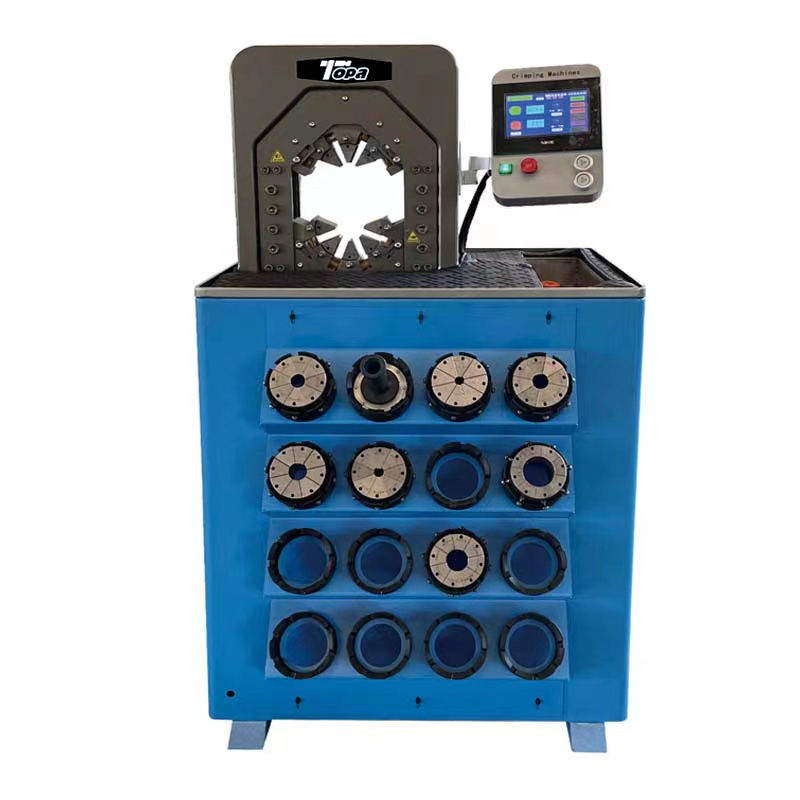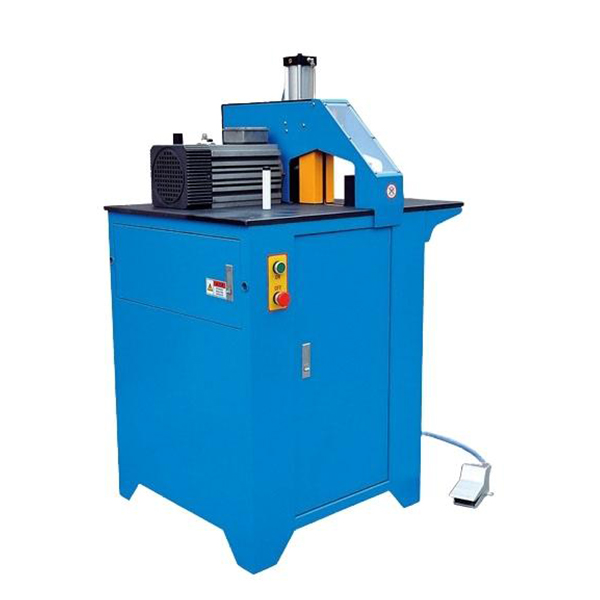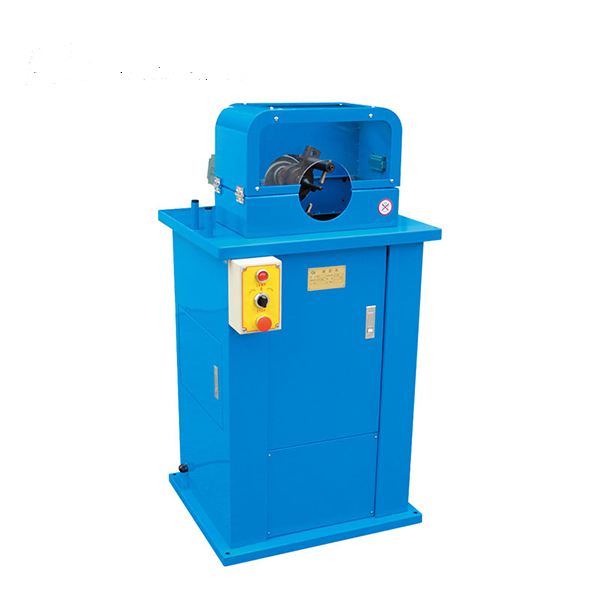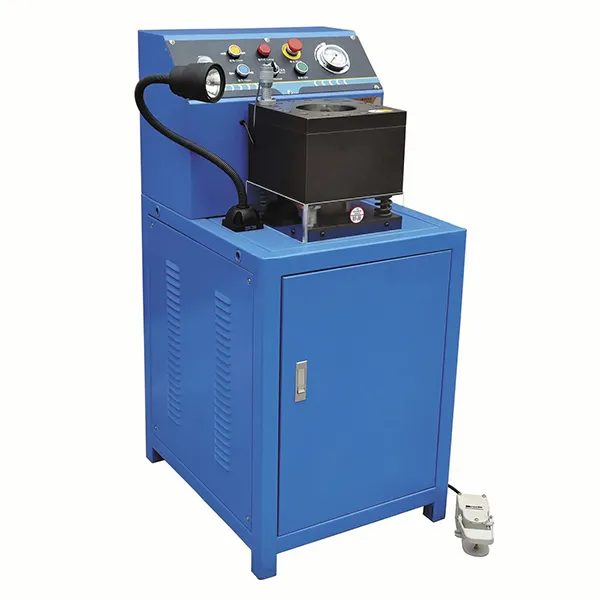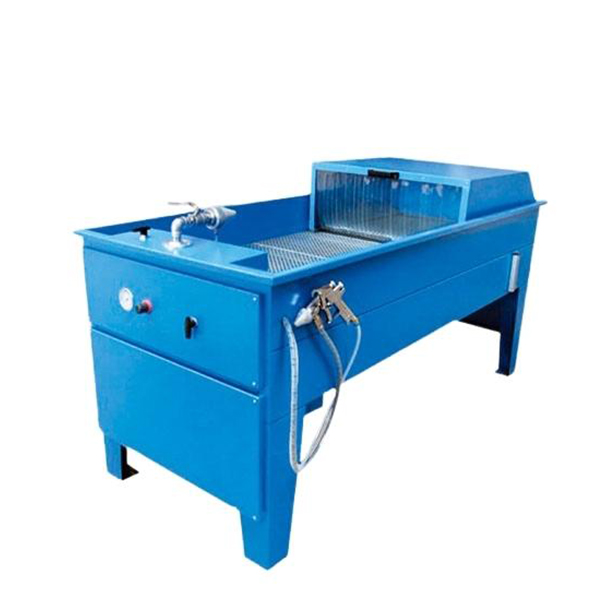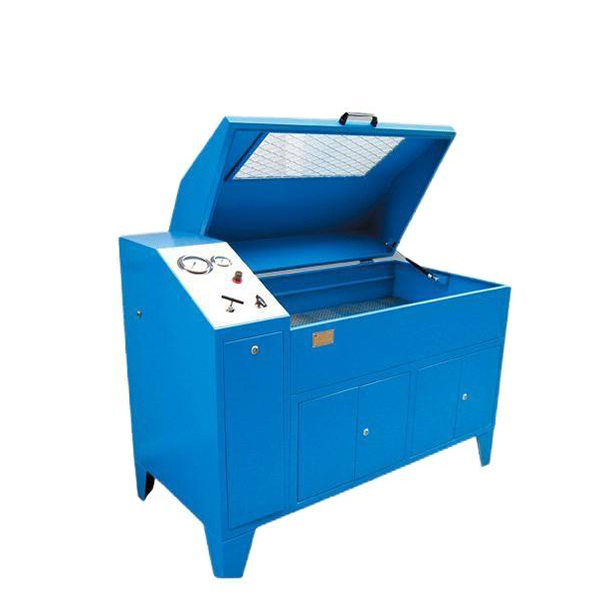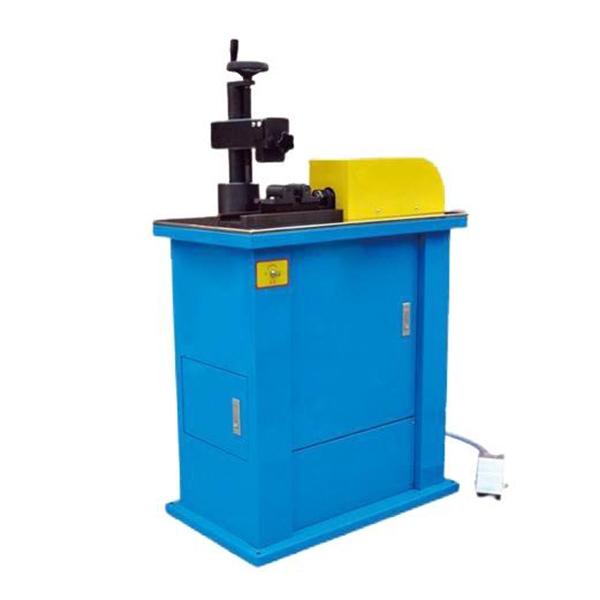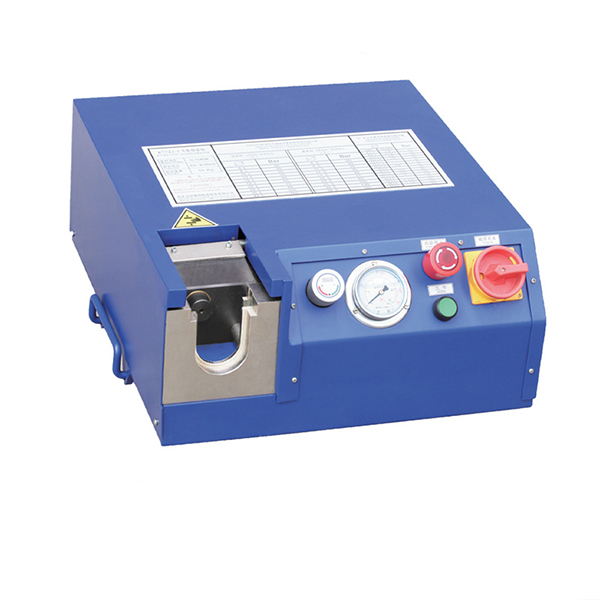We are a factory in China, providing one-stop solutions for all your needs.
TOPA Hydraulic Hose Machine
High-Precision Crimping
Fast and Easy Operation
Durable Construction
Suitable for Various Hose Sizes




ONE-STOP SOLUTION
for hydraulic hose cutting and crimping manufacture

About us
TOPA hydraulic has been developing, manufacturing and marketing innovative systems for the production and processing of hose assemblies for 20 years. With the latest and powerful technology, TOPA, as a manufacturer and global supplier, can meet even the most stringent requirements of customers for hydraulic crimping machines and peripherals for industrial and service companies.
High Precision Crimping with Hydraulic Hose Crimping Machine
Our hydraulic hose crimping machine utilizes advanced control systems and precision crimping dies, ensuring each crimping operation meets the highest quality standards. Whether you’re working with high-pressure hydraulic hoses or specialized hose materials, this machine guarantees consistent accuracy in every crimp.


Versatile and Adaptable Hydraulic Hose Crimping Machine
TOPA hydraulic hose crimping machine is designed to handle a wide range of hose sizes and types, including steel wire braided hoses, polyurethane hoses, rubber hoses, and more. It caters to various industries such as construction machinery, automotive, mining, and other heavy-duty equipment sectors.
High Efficiency & Automation with Hydraulic Hose Crimping Machine
Our fully automated hydraulic hose crimping machine reduces manual intervention, boosting production efficiency. In addition, critical parameters like pressure and temperature are monitored in real time to ensure consistent crimp quality, minimizing rework and reducing material waste.


Durability and Reliability of Hydraulic Hose Crimping Machine
The hydraulic hose crimping machine is built with high-strength materials in its key components, offering exceptional wear resistance and fatigue resistance. With rigorous durability testing, it ensures long-term stable performance even in high-intensity, high-frequency work environments.
User-Friendly Operation & Easy Maintenance
With an intuitive touchscreen control panel, the hydraulic hose crimping machine is easy to operate, making it accessible for new operators to quickly get up to speed. Regular maintenance is straightforward, helping you maintain optimal performance with minimal downtime.


Energy Efficient & Eco-Friendly Hydraulic Hose Crimping Machine
Equipped with a high-efficiency hydraulic system and electrical control system, the hydraulic hose crimping machine significantly reduces energy consumption and operational costs. It delivers top performance while adhering to environmental standards, helping you lower carbon emissions during production.
Customizable Solutions for Hydraulic Hose Crimping Machines
We offer customization options for the hydraulic hose crimping machine, allowing you to tailor the machine configuration and crimping solutions to your specific needs. This ensures that you can maximize production efficiency and minimize costs based on your unique requirements.


Comprehensive After-Sales Support
Our dedicated after-sales team provides global technical support and repair services for your hydraulic hose crimping machine, ensuring that your production line can be quickly up and running. Additionally, we offer detailed training to help you operate and maintain the machine effectively.
By choosing our hydraulic hose crimping machine, you will enhance your production efficiency, reduce operational costs, and achieve the highest standards of crimp quality. Our machine is the ideal partner for your long-term business success.
WHY CHOOSE TOPA
Competitive price
Topa has Cost-effective products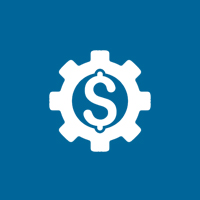
Technical Support
Lifetime free technical Support, 7*24 serive for you
Superior Quality
10+ years of service excellence.
Secure Payment
Euismod laoreet eget turpis platea
Delivered With Care
Pharetra molestie viverra placerat
Excellent Service
Ultricies risus integer sed placerat
FAQ
Welcome to our Hydraulic Hose Crimping Machine FAQ section! Whether you’re a manufacturer, technician, or business owner working with hydraulic systems, you know how critical it is to ensure that your hydraulic hose assemblies are secure, reliable, and long-lasting. Hydraulic hose crimping machines play a key role in achieving high-quality hose fittings, which are essential for preventing leaks, maintaining system pressure, and enhancing overall safety and performance.
In this FAQ section, we’ve gathered the most commonly asked questions about hydraulic hose crimping machines to help you understand the function, features, benefits, and maintenance of these crucial tools. Whether you’re considering purchasing a crimping machine, looking to troubleshoot an existing one, or simply seeking advice on best practices, you’ll find valuable insights here.
Our goal is to provide you with comprehensive answers to common queries and ensure that you can make informed decisions when it comes to selecting and maintaining your hydraulic hose crimping equipment. With the right knowledge, you can improve the efficiency, reliability, and safety of your hydraulic systems, reducing downtime and costly repairs.
Explore our FAQ below to find detailed answers to all your hydraulic hose crimping machine-related questions!
Maybe you want to know?
A hydraulic hose crimping machine is a piece of equipment used to attach hydraulic fittings to hydraulic hoses, creating a strong and reliable connection that can withstand high pressure and demanding working conditions. This process, known as crimping, involves using the machine to compress a metal fitting onto the hose, ensuring a secure and leak-proof seal.In summary, a hydraulic hose crimping machine is an essential tool in the hydraulic hose assembly process, ensuring that hydraulic fittings are securely attached to hoses for safe, efficient, and reliable performance in various applications.
Hydraulic hose crimper dies are specialized components used in a hydraulic hose crimping machine. They are designed to shape and compress the fitting onto the hydraulic hose during the crimping process. The dies ensure that the crimp is performed with precision and consistency, helping to create a secure, leak-proof seal between the hose and the fitting.
In conclusion, hydraulic hose crimper dies are essential components in the crimping process, designed to apply precise force to secure the fitting onto the hose. Choosing the right die for the specific hose and fitting type is crucial for producing reliable, durable hose assemblies that can handle high-pressure environments.
A portable hydraulic hose crimper is a compact, mobile version of a traditional hydraulic hose crimping machine, designed for on-the-go use in environments where a fixed, larger crimping machine may not be practical. These portable units allow technicians and professionals to assemble hydraulic hoses and fittings in the field or at remote job sites, providing flexibility and convenience for urgent repairs, installations, or maintenance work.A portable hydraulic hose crimper is an essential tool for mobile service teams and industries where hydraulic hoses need to be repaired or assembled on-site. It combines the reliability and hydraulic power of larger crimping machines with the convenience of portability, making it ideal for field service, emergency repairs, and maintenance in a wide range of industries.
Using a hydraulic hose crimper is crucial for ensuring that hydraulic hose assemblies are securely and properly connected, with a high level of reliability, safety, and efficiency.The hydraulic hose crimper is an essential tool for anyone working with hydraulic systems, providing significant benefits in terms of safety, reliability, and efficiency. It ensures secure, durable, and leak-proof hose assemblies, reducing the likelihood of failure, extending the lifespan of hoses, and preventing costly downtime. Whether for on-site repairs, large-scale manufacturing, or specialized applications, a hydraulic hose crimper plays a vital role in keeping hydraulic systems running smoothly and safely.
The key features of a hydraulic hose crimping machine include the crimping capacity, adjustable dies, pressure control, ease of use, durability, and compatibility with different fittings and hoses. These features collectively make the machine an efficient tool for creating reliable hydraulic hose assemblies.
Crimping Capacity: This refers to the machine’s ability to handle different hose sizes and types. Hydraulic crimping machines can accommodate hoses ranging from small sizes to large industrial hoses, making them versatile for various applications.
Adjustable Dies: The machine is equipped with interchangeable dies that allow it to crimp different sizes and types of fittings. These dies ensure the crimp is uniform and secure, regardless of the hose or fitting used.
Pressure Control: The machine should provide adjustable pressure settings, allowing the user to control the crimping force applied to the hose. This helps in achieving the correct crimp for different hose materials and fittings.
Ease of Use: Modern crimping machines are designed with user-friendly controls, making it easy for technicians to operate the machine and create consistent, high-quality hose assemblies.
Durability: These machines are built to last, with high-quality components that can withstand the wear and tear of continuous use in industrial environments.
Compatibility: Hydraulic hose crimpers are compatible with a wide variety of hose types and fitting styles, ensuring flexibility for different applications in industries like construction, agriculture, and manufacturing.
Maybe you also should to know?
The primary difference between manual and electric hydraulic hose crimping machines lies in the power source and the level of automation they provide. Both types serve the same purpose – crimping hydraulic hose fittings – but their mechanisms and ease of use vary significantly.
Manual Crimping Machines: These machines require the user to apply physical force to operate the crimper. The crimping is done by a hydraulic pump, often activated by a hand lever or a foot pedal. While manual machines are typically less expensive and more portable, they require more effort and time to crimp hoses. These machines are often used for smaller operations or in environments where power sources are unavailable. Manual crimpers are ideal for small-scale, low-volume crimping or emergency on-site repairs.
Electric Crimping Machines: These are powered by electricity and can automatically apply hydraulic pressure to crimp the hose and fitting. They are faster, more consistent, and easier to use than manual machines, as they require less physical effort from the operator. Electric crimpers are ideal for high-volume production environments where speed and precision are critical. They offer more convenience and ensure that crimping is done with consistent force, reducing human error. Electric machines may be more expensive than manual ones but offer a higher level of efficiency for large-scale operations.
Hydraulic hose crimping dies come in various types, each designed for specific hose sizes, fitting profiles, and crimping requirements. The types of dies you choose will depend on the type of hydraulic hose and fitting you’re working with, as well as the crimping specifications. The most common types of dies include:
Standard Dies: These dies are commonly used for standard hose and fitting types. They provide a basic, effective crimp that meets most industrial requirements.
Ball Dies: Ball dies are used when the fitting requires a smooth, rounded crimp. These dies create a more uniform and aesthetically pleasing crimp, which is particularly useful for applications where the hose needs to look neat and presentable.
Hex Dies: These dies are shaped to crimp fittings that require a hexagonal compression shape. Hex dies are commonly used in applications involving automotive or construction equipment.
Oval Dies: Oval dies create a slightly oval-shaped crimp. These dies are often used when a fitting or hose requires a specific crimp that is not round, such as in certain high-pressure or custom hydraulic applications.
Custom Dies: For specialized needs, custom dies can be fabricated to meet the unique requirements of certain hydraulic hose and fitting configurations. These dies are tailored to specific applications and provide the most accurate crimping possible.
When choosing a hydraulic hose crimping machine, several factors should be considered to ensure that the machine meets the needs of your specific application:
Crimping Capacity: Ensure that the machine can handle the sizes of hoses and fittings you need to work with. Some machines are designed to crimp only certain hose diameters, while others can handle a broader range.
Power Source: Decide between manual, electric, or battery-powered machines depending on your available power source and mobility requirements. Electric crimpers are faster and more consistent, but manual machines may be more portable.
Die Compatibility: The machine should support a wide range of dies to ensure it can crimp different fittings and hose types. Check if the machine is compatible with the dies you need for your specific application.
Ease of Use: Choose a machine that is easy to set up and operate. Look for user-friendly controls, clear instructions, and an intuitive design to reduce the learning curve.
Speed and Efficiency: If you’re dealing with high volumes of hose assembly, consider the speed and automation of the crimping process. Electric and automated machines tend to offer faster, more consistent results than manual ones.
Durability: The machine should be built to withstand heavy use, particularly if it will be used in harsh environments like construction sites or manufacturing facilities.
Price: Hydraulic hose crimpers vary in price, so it’s important to balance your budget with the machine’s capabilities. Consider the cost of ownership, including maintenance, parts replacement, and any necessary accessories.
Maintaining a hydraulic hose crimping machine is essential for ensuring its longevity, efficiency, and safety. Proper maintenance helps prevent breakdowns, reduces downtime, and extends the machine’s lifespan. Here are some essential maintenance practices:
Regular Inspection: Frequently check the machine for signs of wear, such as cracks in the dies, excessive buildup of dirt or oil, and hydraulic leaks. Early detection of potential issues can prevent costly repairs later.
Cleaning: Keep the machine clean to ensure smooth operation. This includes wiping down the surfaces, clearing debris from the dies, and cleaning hydraulic components. Regular cleaning helps prevent damage and maintains the machine’s accuracy.
Lubrication: Ensure that all moving parts, such as the hydraulic pump, die holder, and pressure gauge, are properly lubricated to reduce friction and wear.
Die Care: Dies should be inspected regularly for damage or wear. Damaged dies can cause improper crimps and may need to be replaced to ensure high-quality hose assemblies.
Hydraulic Fluid Checks: Regularly check the hydraulic fluid levels and replace fluid as needed. Low or contaminated fluid can impair the machine’s performance.
Proper Storage: When not in use, store the crimping machine in a dry, clean environment to prevent rust and corrosion, particularly if the machine is manually operated.
Choosing the right hydraulic hose crimping machine depends on several factors, including the types of hoses and fittings you work with, the volume of hoses you need to assemble, and the specific applications in which the machine will be used. Here’s how to make the best choice:
Hose Size Compatibility: Ensure the crimper can handle the sizes of hoses you plan to crimp. Crimping machines come in different sizes and capacities, and it’s important to choose one that matches your needs.
Type of Fittings: Check if the crimper supports the fittings you use most often, including standard, ball, hex, or custom fittings. Different crimpers are designed to handle different fitting types.
Power Requirements: Consider the power source, whether you need a manual, electric, or battery-operated model. Electric models offer speed and consistency, while manual models may be more portable.
Throughput and Volume: If you’re working in a high-volume environment, consider a crimper with a faster cycle time and automated features to boost efficiency.
Budget: Lastly, balance your budget with your production needs. More advanced crimpers may be more expensive but can provide higher-quality results and greater efficiency.
